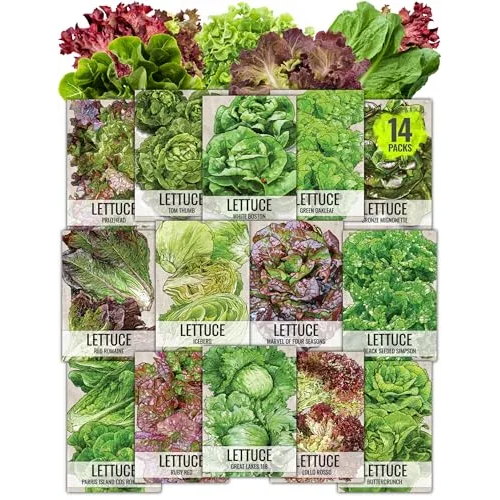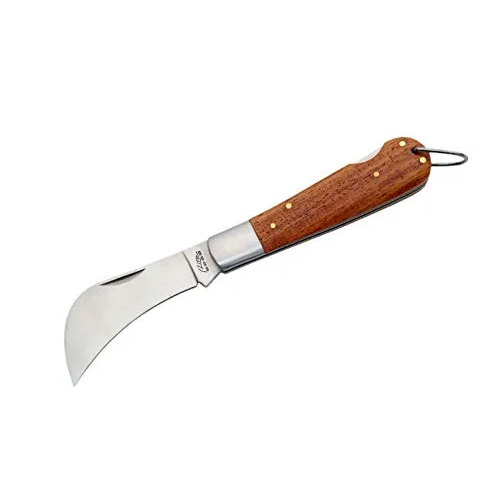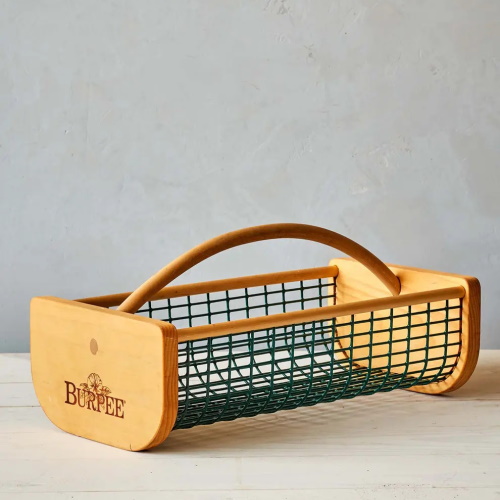5 of the Best Cut-and-Come-Again Lettuce Varieties – All Recommended By Experienced Growers
These lettuces are perfect for growing in the ground or containers
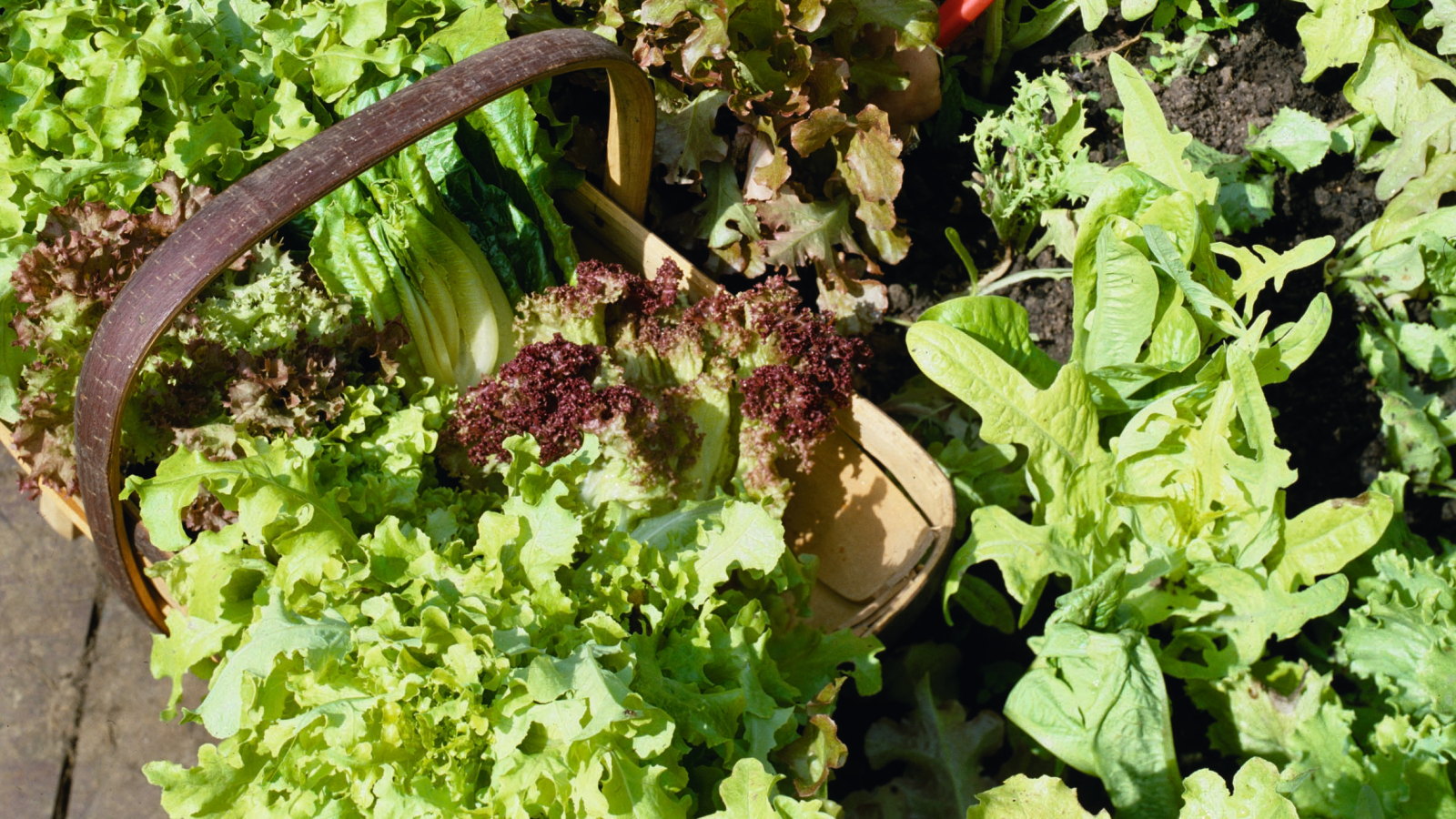

Cut-and-come-again lettuce is one of the simplest and most productive crops you can grow at home. Whether in the ground, raised beds, pots, or indoors on a bright windowsill, you can get lots of tasty homegrown harvests for the cost of a few seeds.
You can grow lettuce of many different sizes, colors, and flavors, but some varieties are more suited to growing as cut-and-come-again vegetables. In particular, the growth habit of loose-leaf varieties makes them perfect for multiple harvests, as opposed to those lettuces that develop a compact head.
With many different types and a plethora of varieties and cultivars to pick from, it can feel confusing, especially for inexperienced gardeners. Here, some experienced horticulturists reveal their top cut-and-come-again lettuce varieties to help you choose tasty, prolific, and reliable varieties to grow at home.
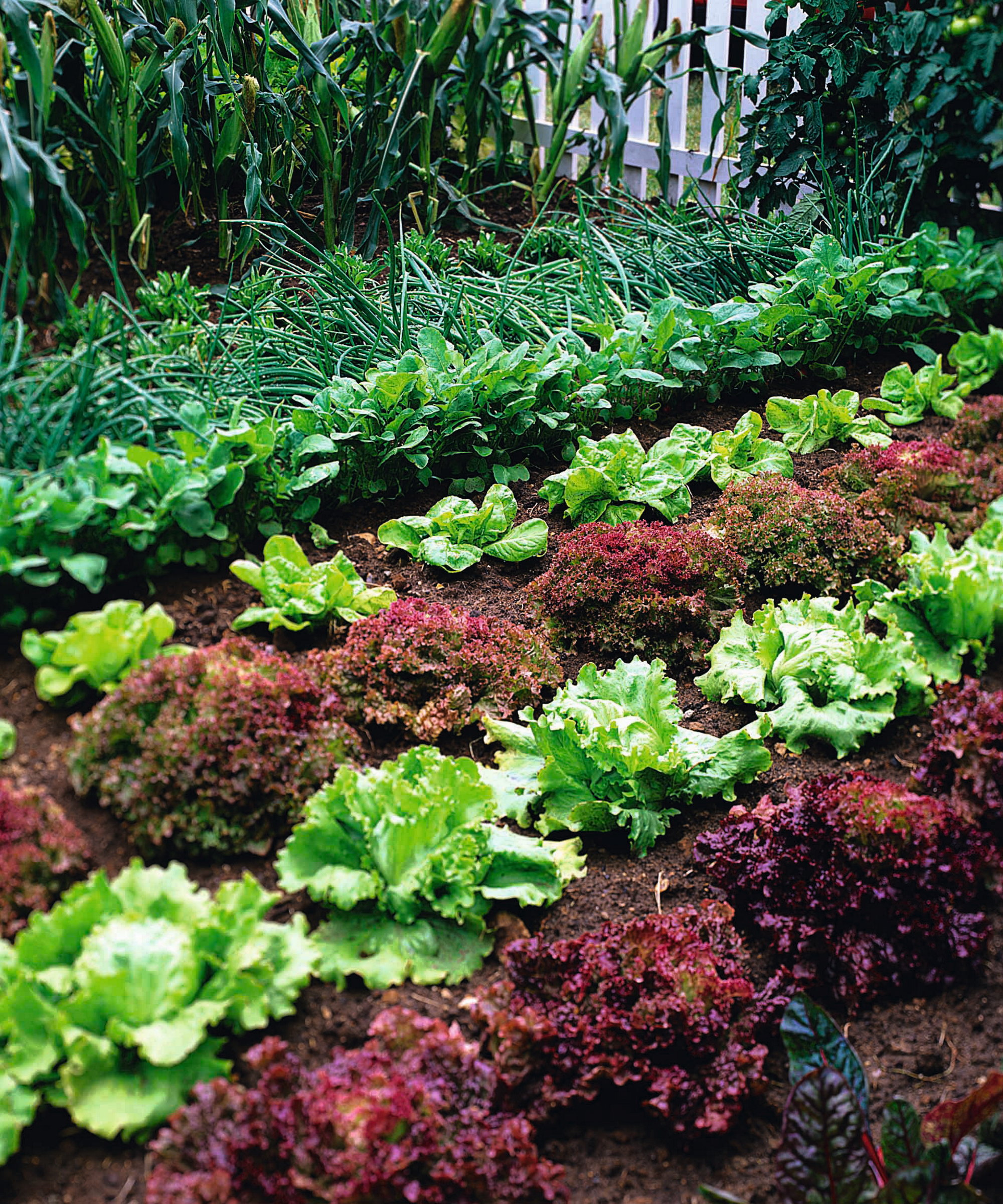
5 recommended cut-and-come-again lettuce varieties
You can plant lettuce outdoors or indoors, and in the ground or in containers. You don't need lots of space for wonderful harvests of lettuce, and these varieties are all suitable for growing lettuce in pots or raised beds in smaller spaces.
1. Black Seeded Simpson
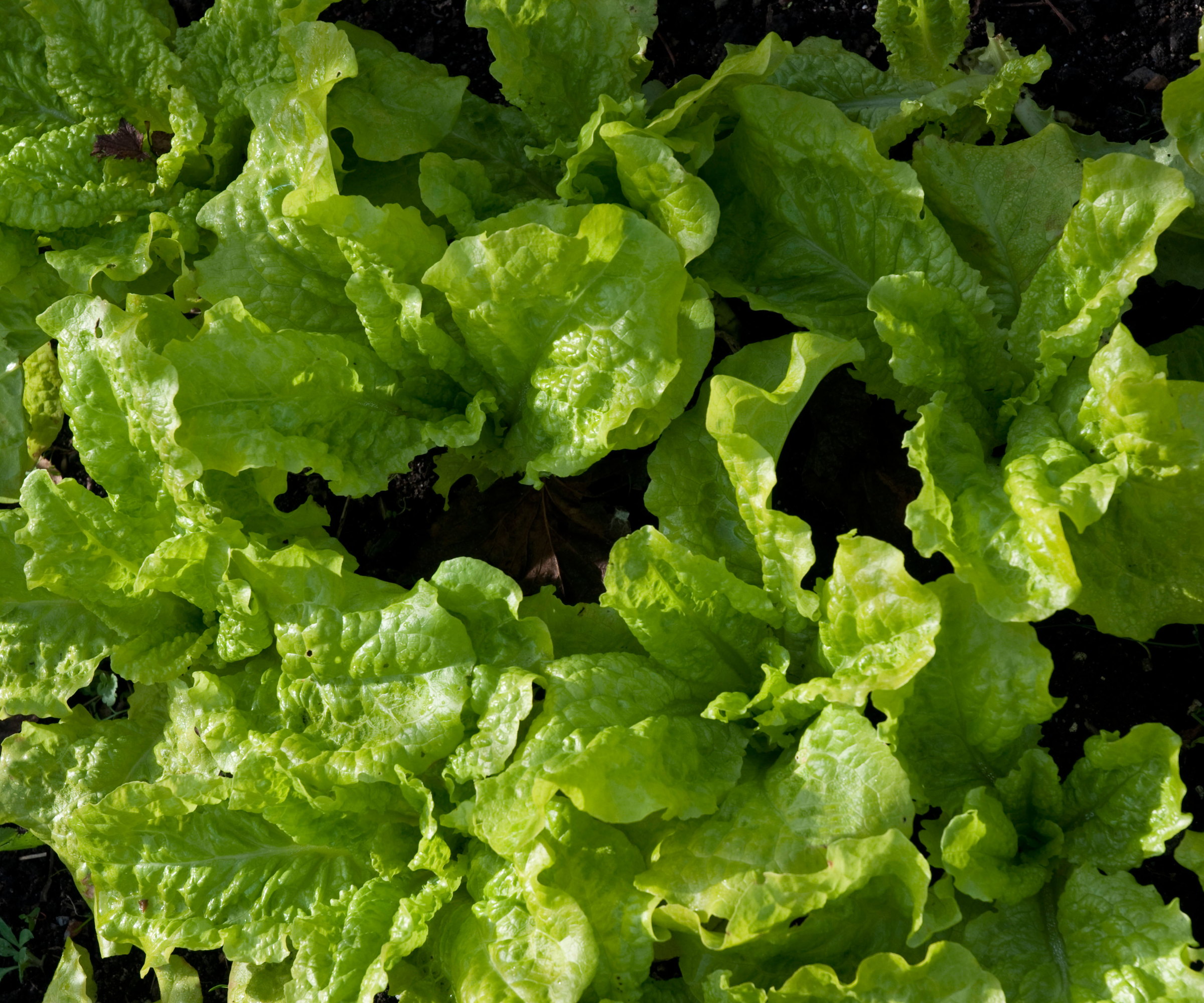
A very prolific and reliable variety, Black Seeded Simpson comes highly recommended as a cut-and-come-again lettuce variety. This heirloom variety of lettuce produces compact, curled, light-green leaves that make excellent choices for salads or sandwiches.
Teresa Speight, an award-winning author, writer, and podcaster from Cottage in the Court, hails Black Seeded Simpson as 'one of my all-time favorites' and a 'tried and true' cut-and-come-again lettuce variety.
You can sow in the spring for late spring and early summer harvests, but it can bolt in midsummer. However, it is a hardy variety that can also provide harvests throughout the colder months from late summer or early fall sowings.
Design expertise in your inbox – from inspiring decorating ideas and beautiful celebrity homes to practical gardening advice and shopping round-ups.
'It holds up when the fall days are a little irregular,' says Teresa. 'With a little effort in practising a biweekly succession planting plan and conscientiously harvesting the outer leaves, this lettuce survives most mild winters. If offered protection, I have enjoyed Black Seeded Simpson lettuce from October to March.'
Buy Black Seeded Simpson lettuce seeds at Amazon
Buy Black Seeded Simpson lettuce seeds at Walmart
Buy Black Seeded Simpson lettuce seeds at Burpee
Buy Black Seeded Simpson lettuce seeds at True Leaf Market

Teresa Speight is an experienced landscape gardener, award-winning author and garden writer, National Garden Bureau member, and the founder of the Cottage in the Court website and podcast.
2. Sierra Batavian
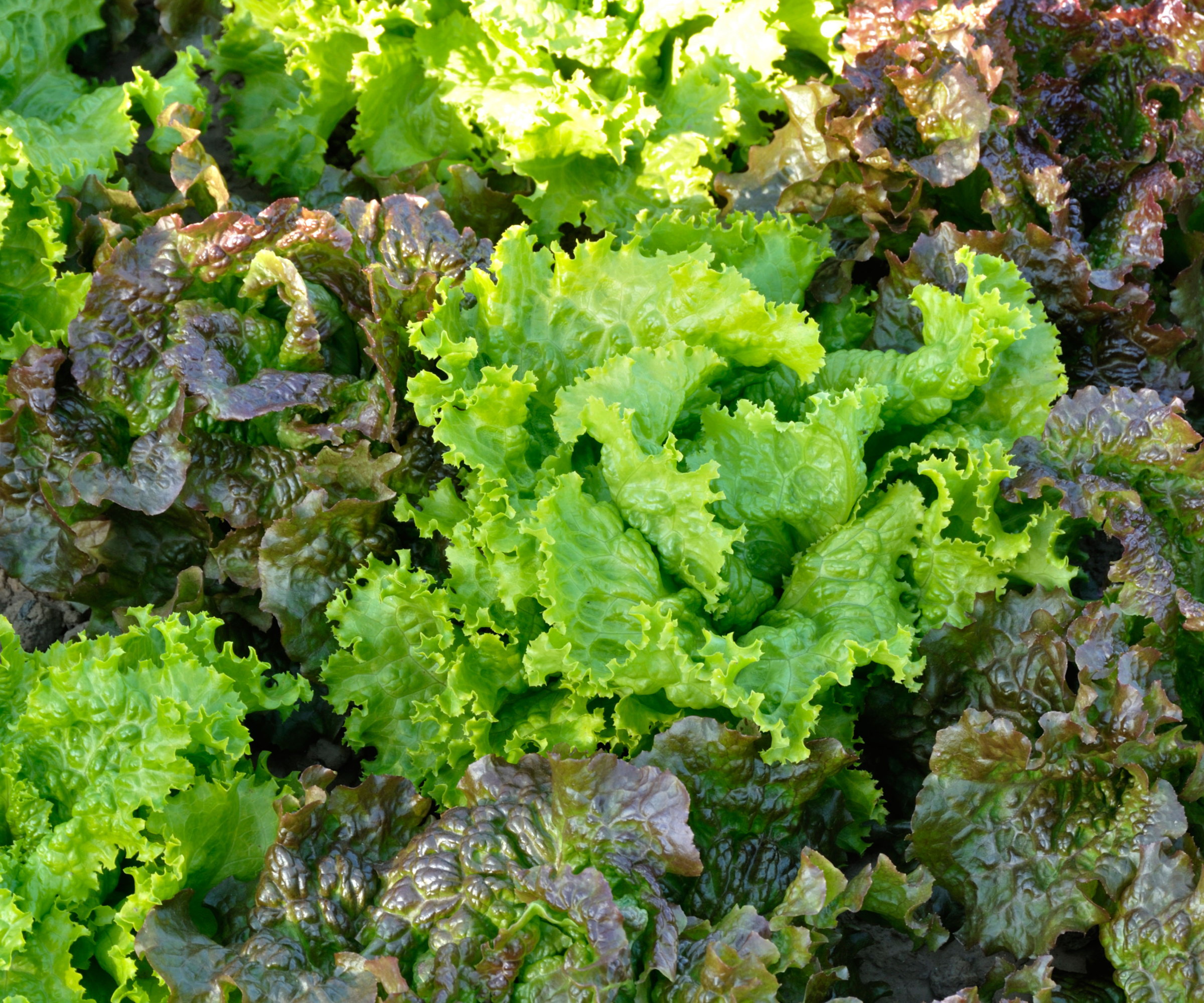
Margaret Mishra, an avid gardener, grower and founder of The Gardening Me, claims that Batavian lettuces are her top varieties of cut-and-come-again lettuce. Batavia lettuce is also known as French lettuce, and varieties come in different shades of green, red, and mixed colors.
Sierra is a green-leafed Batavian lettuce that Margaret praises for its 'loose head of thick, almost succulent leaves'. She adds of Sierra: 'It's a slower grower, at 65 days to maturity, but once it gets going, it really gets going.
'It's a heavy producer, one of the slowest to bolt, and it has an amazing, slightly sweet taste with a crunchy, juicy texture,' she adds. 'Once picked, it also has a very long shelf life in the fridge.'
Buy Sierra Batavian lettuce seeds at Amazon
Buy Sierra Batavian lettuce seeds at Walmart

Margaret Mishra is an avid vegetable grower of 30 years-plus and garden blogger at The Gardening Me. She gardens in Southern Ontario and is a National Garden Bureau member.
3. Slobolt
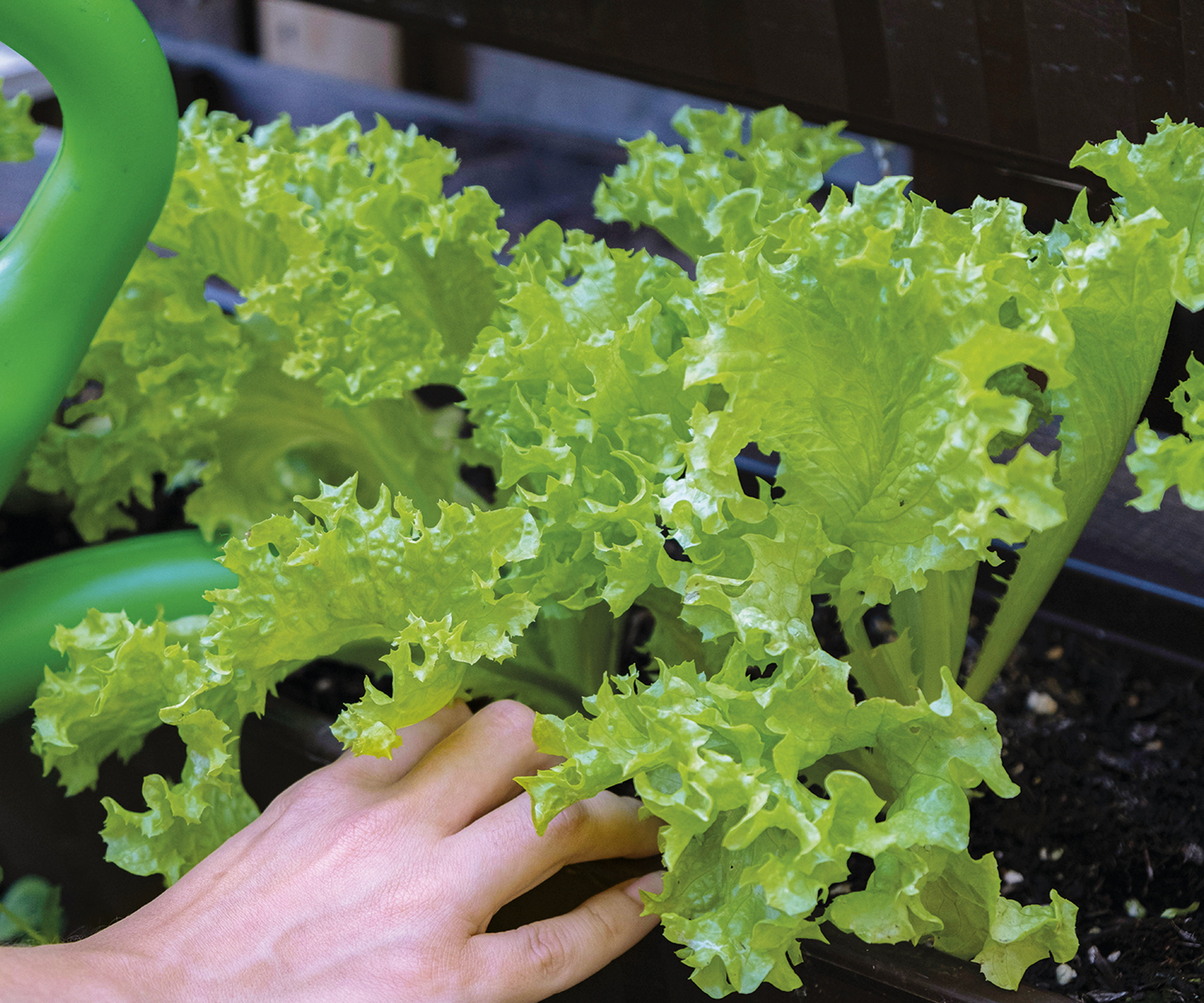
Slobolt was introduced in 1946 by the USDA's Agricultural Research Center in Beltsville, Maryland.
This variety was bred for higher tolerance to warmer temperatures, meaning, as the name suggests, Slobolt is slow to bolt and get bitter. It makes Slobolt an excellent cut-and-come-again lettuce variety for warmer Southern gardens, or for growing in a greenhouse.
In praise of Slobolt, Margaret Mishra says: 'This large green looseleaf lettuce is delicious, with a touch of sweetness, and it is an exceptional producer.'
As with many others on this list, Slobolt is a fast-growing vegetable, and it can take as little as 45-50 days from sowing in the spring to pick the first crinkled, light-green leaves to add to summer salads, sandwiches, or burgers.
You can get Slobolt leaf lettuce seeds at Amazon
4. New Red Fire
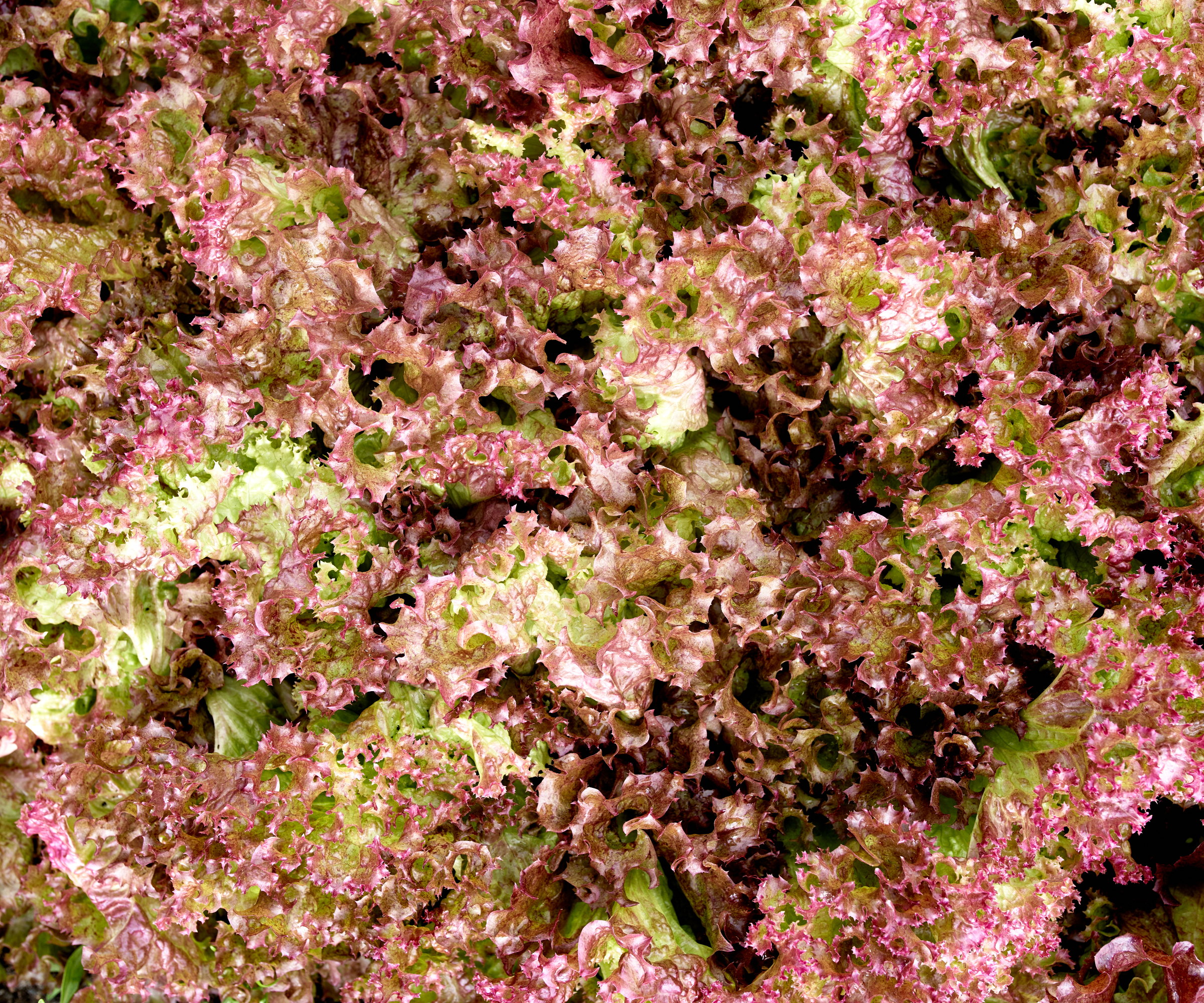
If you are seeking a cut-and-come-again lettuce variety that makes a colorful addition to any salad bowl, then you should consider New Red Fire. This leafy variety has soft, tinged, frilly leaves that are green at the base and dark red at the edges.
This easy-to-grow variety can be successively sown from early spring through till summer and harvested even through the warmest months after 50-60 days from sowing. By picking a few leaves at a time, the harvests can be extended over several weeks, or you can cut the entire head and wait for new leaves to develop for a second harvest.
Michelle Bruhn, a Minnesota gardener, writer, speaker and co-author of Small-Scale Homesteading, says: 'New Red Fire is a favorite loose leaf for cut-and-come-again with its heat tolerance and true red color. It keeps its sweetness long into summer and makes a great lettuce to grow into fall as well.'
As well as being slow to bolt, New Red Fire is also suitable for cooler growing conditions and can be sown in the summer to provide harvests well into the fall months.
You can get New Red Fire lettuce seeds at True Leaf Market to sow from spring to fall.

Michelle Bruhn is the founder of Forks in the Dirt and co-author of Small-Scale Homesteading, available at Amazon. She is a nature-loving Master Gardener, a National Garden Bureau member, and a local food advocate growing on the outskirts of the Twin Cities, MN.
5. Salad Bowl
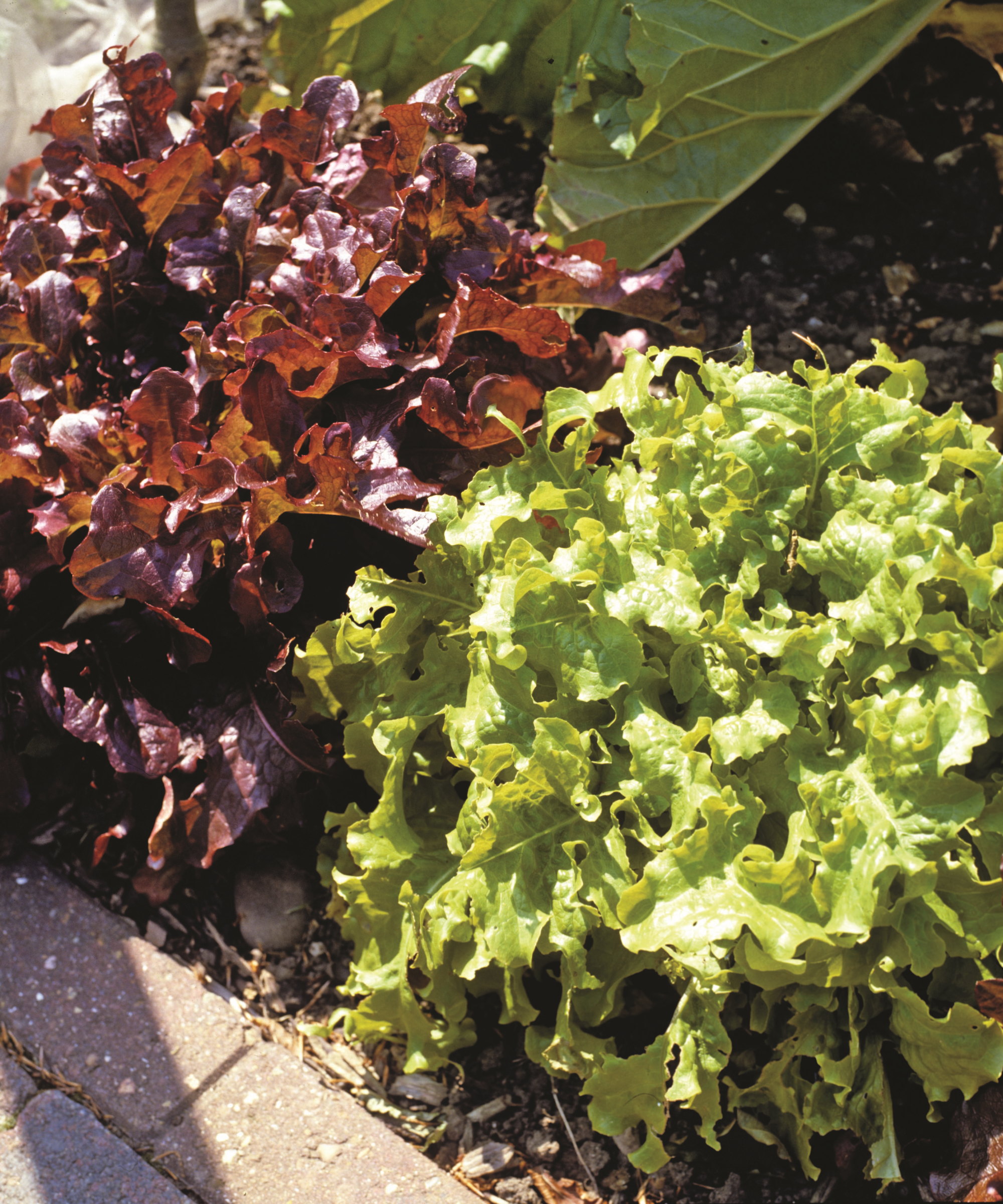
I spent many years working as a professional kitchen gardener, running vegetable gardens and growing crops for chefs or to sell to visitors in public gardens.
One of the most consistent cut-and-come-again lettuce varieties I have grown over the years is Salad Bowl, which comes in both green and red types. I would always recommend it as a variety, even to those new at growing lettuce, as it is so simple.
Salad Bowl has been one of the most popular cut-and-come-again lettuce varieties for many years, and it is understandable why. It can be grown throughout the year, is a reliable grower, can be grown in pots, and is slow to bolt.
This classic lettuce variety ticks all the right boxes for what you want in a cut-and-come-again lettuce.
Salad Bowl is suitable for US hardiness zones 4-9. Sow seeds successively every few weeks from March until August, when it will take around 45-50 days from sowing to the first harvests.
Shop Salad Bowl lettuce seeds at Amazon
Show Red Salad Bowl lettuce seeds at True Leaf Market
Shop Green Salad Bowl lettuce seeds at True Leaf Market
If you find a variety that you adore, you can harvest lettuce seeds to sow again the following year. It involves letting the plants bolt and produce seeds, which often happens to spring-planted lettuce in summer when the temperatures rise. The seeds take around six weeks to be ready to harvest, which can be done by hand by removing the individual seedheads or shaking the seeds from the stalk into a paper bag. Store the seeds in a glass jar or paper bag, and lettuce seeds can last for two years when properly stored.

Drew has worked as a writer since 2008 and was also a professional gardener for many years. As a trained horticulturist, he worked in prestigious historic gardens, including Hanbury Hall and the world-famous Hidcote Manor Garden. He also spent time as a specialist kitchen gardener at Soho Farmhouse and Netherby Hall, where he grew vegetables, fruit, herbs, and cut flowers for restaurants. Drew has written for numerous print and online publications and is an allotment holder and garden blogger. He is shortlisted for the Digital Gardening Writer of the Year at the 2025 Garden Media Guild Awards.
You must confirm your public display name before commenting
Please logout and then login again, you will then be prompted to enter your display name.
